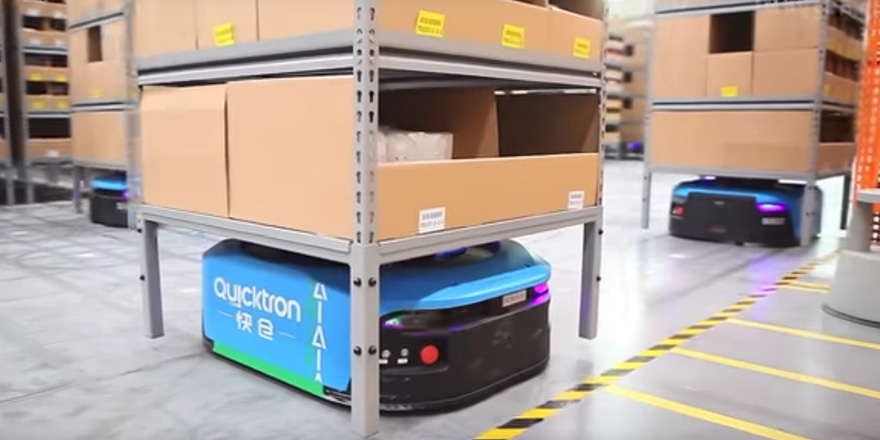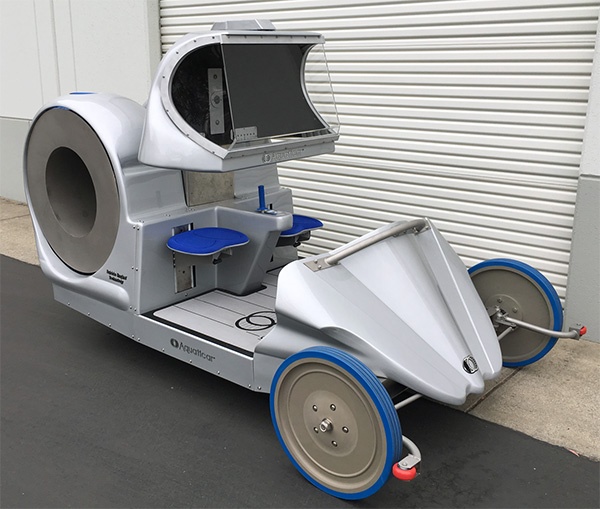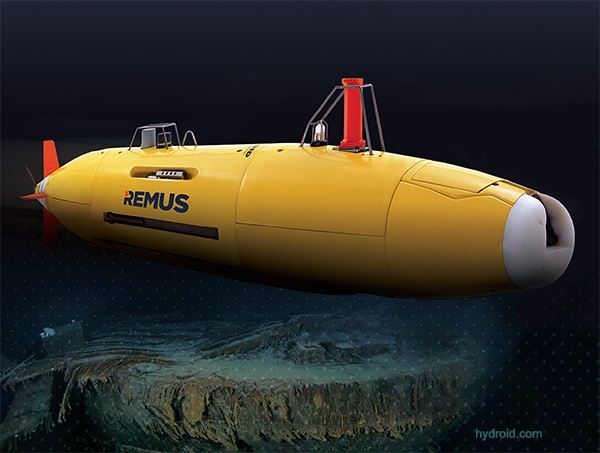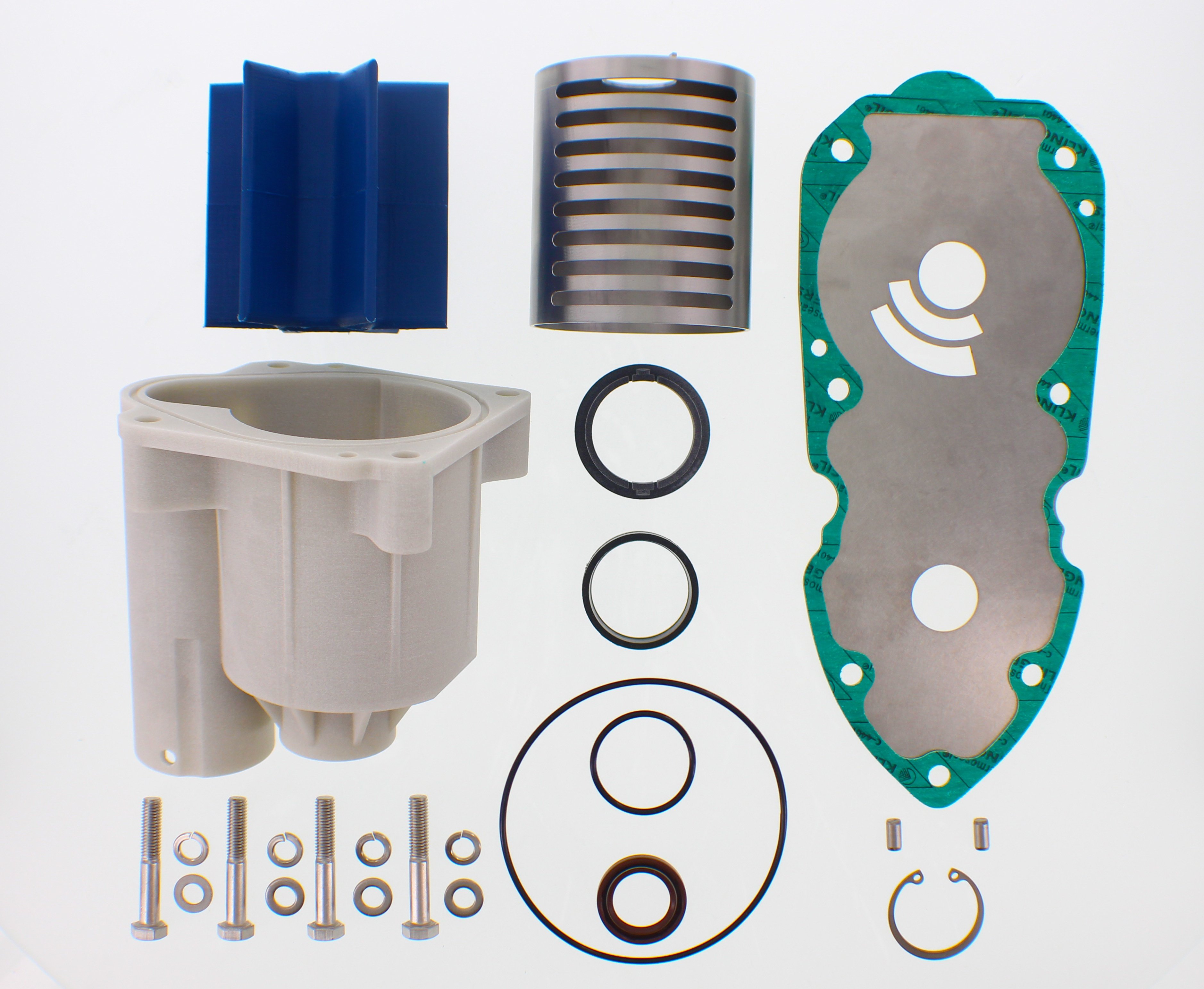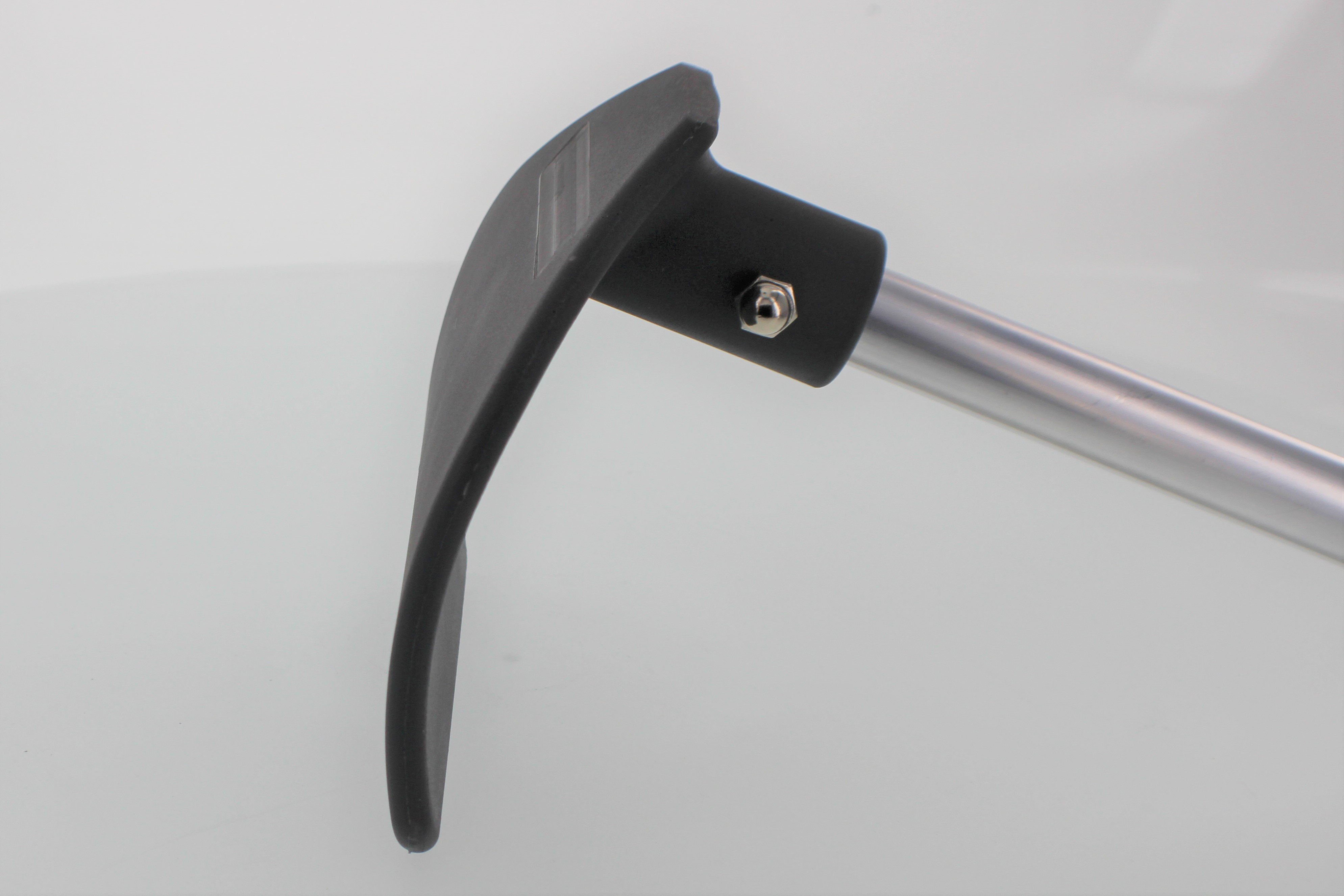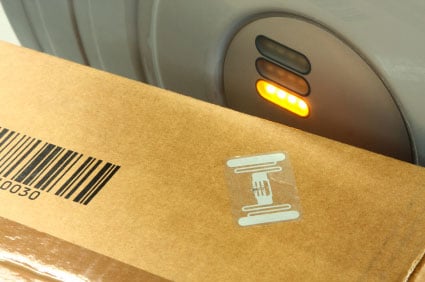Automatic Guided Vehicles (AGVs) have been disrupting the Material Handling world. Now that the power of these smart mobile robots has been unleashed, each year brings new advances that are radically changing the industry. New research predicts that "Mobile robotics in material handling and logistics will become a $75bn market by 2027. It will then more than double by 2038" (Business Insider). From smart Autonomous Mobile Robots (AMRs) that move materials around a facility, to warehouse shelves that bring themselves to packers and shippers, to swarms of airport baggage AGCs (Automated Guided Carts), Material Handling is heading for more changes in 2019 than ever before.
QUICK LINKS
CONTACT INFO
200 Shuman Ave. Stoughton, MA 02072
+1 781-681-6818
info@globecomposite.com
© 2025 Globe Composite Solutions LLC | FAQ | Privacy Policy | Terms & Conditions


